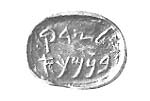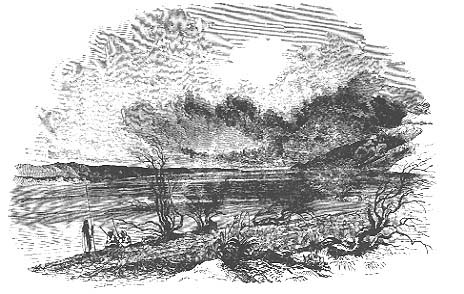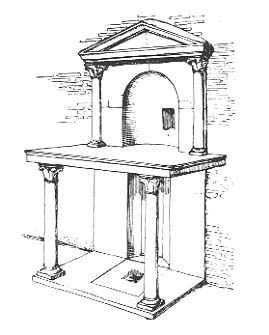Biblical Archaeology Review
Biblical Archaeology Review is the flagship publication of the Biblical Archaeology Society. For more than 40 years it has been making the world of archaeology in the lands of the Bible come alive for the interested layperson. Full of vivid images and articles written by leading scholars, this is a must read for anyone interested in the archaeology of the ancient Near East.
Oldest Hebrew Letters Found Near Tel Aviv
A clay tablet containing 80 Hebrew letters arranged in five lines has been found in an excavation outside Tel Aviv at Izbet Sarte. The letters appear to date from about the end of the 11th century B.C.—the time of Saul and David. If this dating is correct, the letters are older by about 100 years than the earliest previously known Hebrew writing.
The Death and Burial of St. Peter
How the Wealthy Lived in Herodian Jerusalem
The Differences Between Israelite Culture and the Other Major Cultures of the Ancient Near East
The easiest and most common approach to the question of the relation between the culture of the Israelites as compared with other peoples of the Near East is to point out particular similarities between details of the Old Testament and of other ancient near eastern works. This presents no difficulty: Only one instance on either side is needed to prove a positive statement. Consequently a great many such similarities have been pointed out, and it is time that someone made a full collection of them.
Israelite Conquest or Settlement? New Light from Tell Masos
One of the most vexed problems of Biblical history and archaeology concerns the nature of the Israelite occupation of Canaan. With the occupation, Israel became a nation and at that time its national history begins. However, the Bible itself reflects at least two views of this beginning.
A Temple at Dor

Again the telephone rang. An antiquities dealer was calling the professor. From previous calls, Professor Nachman Avigad of The Hebrew University of Jerusalem knew the antiquities dealer. The two men had come to like and trust each other. Each knew what the other wanted and each was willing to supply it.
How to Save Money on the New Archaeological Encyclopedia
They’re all here. Kenyon, Mazar and Avigad on Jerusalem, Yadin on Hazor, Aharoni on Beer-Sheva, Dever on Gezer, Callaway on Ai, Wright on Shechem, Pritchard on Gibeon, and on and on.
With an appropriately ponderous and descriptive title, The Encyclopedia of Archaeological Excavations in the Holy Land will eventually comprise four volumes, the first two of which have already appeared in Israel.
The Evolution of a Church—Jerusalem's Holy Sepulchre
Danaans and Danites—Were the Hebrews Greek?
Cyrus Gordon—the brilliant, maverick scholar—has spent a significant part of his professional life searching for connections between the early Greeks and Hebrews. His most popular effort in this area is a book entitled The Common Background of Greek and Hebrew Civilizations (New York: Norton, 1966).


